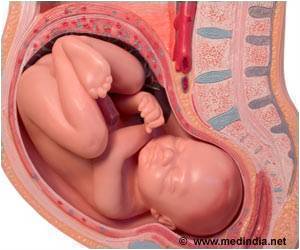-
Human breath contains methane and nitrous oxide, contributing to global warming - 31% of individuals studied were identified as methane producers, with higher prevalence in older age groups and among females
- Estimated annual emissions from human breath in the UK equate to 0.05% and 0.1% of total CH4 and N2O emissions in national inventories
In the ongoing battle against climate change, researchers have uncovered a surprising contributor to global warming human breath. A recent study published in the UK journal PLOS suggests that the very act of breathing releases small concentrations of methane (CH4) and nitrous oxide (N2O), both potent greenhouse gases that play a role in the warming of our planet (1✔ ✔Trusted Source
Comparative mortality risks in two independent bipolar cohorts
).
The study, led by Dr. Nicholas Cowan from the UK Center for Ecology and Hydrology, delves into the often-overlooked emissions from human breath, shedding light on a phenomenon rarely quantified in global greenhouse gas inventories. The research involved 104 adult volunteers in the UK, with the aim of understanding the factors influencing these emissions and providing national-scale estimates.
Humans: Methane Breathers
The findings revealed that 31% of the participants, labeled as methane producers (MPs), exhaled methane in their breath. Interestingly, the study noted a higher prevalence of MPs among older age groups, with 40% in the 30+ age group compared to 25% in individuals under 30. Females were found to be more likely MPs (38%) than males (25%), although overall concentrations emitted by both groups were similar.
The study also identified nitrous oxide in the breath of all participants. However, factors such as age, sex, dietary preference, and smoking habits did not explain the variations in N2O emissions. Even though diet has been linked to greenhouse gas emissions in other contexts, this study did not find a connection between dietary choices and CH4 or N2O emissions from breath.
Advertisement
The estimated annual emissions from human breath in the UK were significant – 1.04 Gg of CH4 and 0.069 Gg of N2O, equivalent to 53.9 Gg of CO2. While these values represent a relatively small fraction (0.05% and 0.1%) of the total CH4 and N2O emissions reported in the UK’s national greenhouse gas inventories, they underscore the need to consider all sources in the fight against climate change.
Human Breath: A Significant Contribution of Global Warming
The study raises intriguing questions about the potential contribution of human breath to the overall greenhouse gas landscape. The researchers noted that the emissions reported only account for breath and do not include other forms of gas release such as flatulence and burping. Although not quantified in the study, these additional emissions could further elevate the impact of human activities on global warming.
Furthermore, the research team highlighted the possibility of unaccounted-for nitrous oxide emissions in the UK. If animals, including livestock, also exhale N2O, there might be a small yet significant source of emissions that has not been thoroughly considered in current inventories, potentially contributing to more than 1% of national-scale emissions.
In conclusion, this study adds a new dimension to our understanding of human contributions to global warming. While the emissions from breath may seem relatively small compared to other sources, the cumulative impact of various human activities underscores the importance of a comprehensive approach to climate change mitigation. As we continue to uncover unexpected sources of greenhouse gas emissions, it becomes increasingly evident that addressing climate change requires a holistic understanding of all contributing factors, no matter how seemingly insignificant.
As we uncover the subtle contributors to global warming, every breath takes on new significance in our collective journey toward a sustainable future.
Advertisement
Reference:
- Measurements of methane and nitrous oxide in human breath and the development of UK scale emissions – (https://journals.plos.org/plosone/article?id=10.1371/journal.pone.0295157)
Source-Medindia



